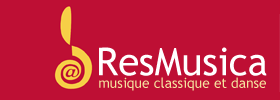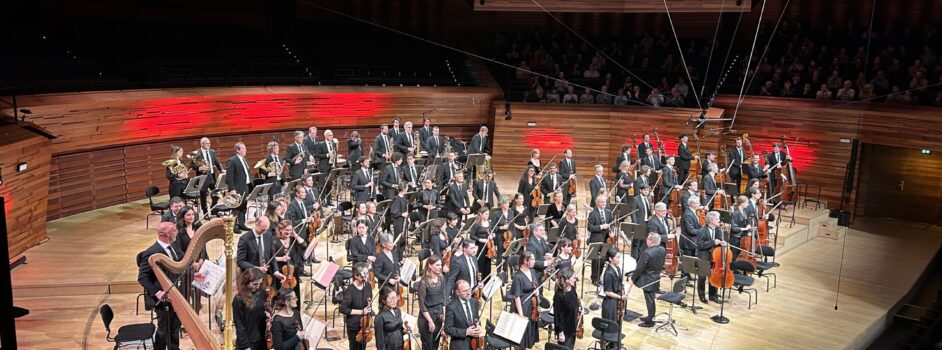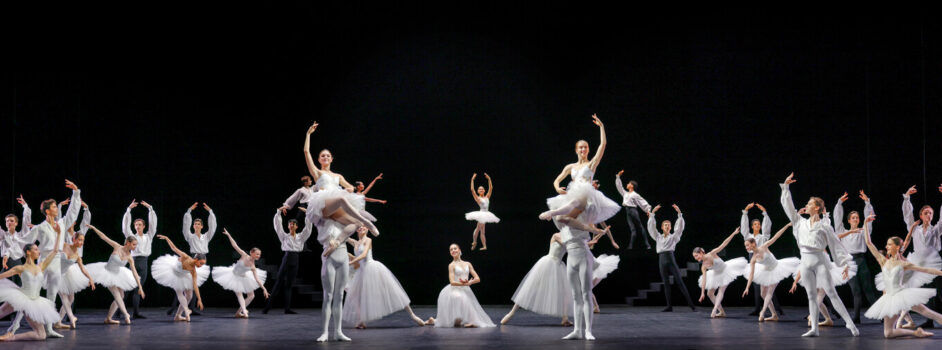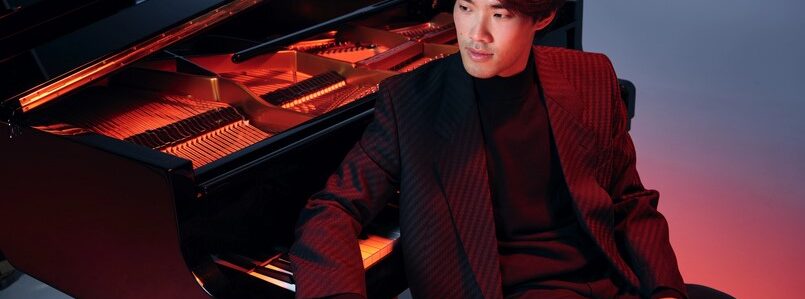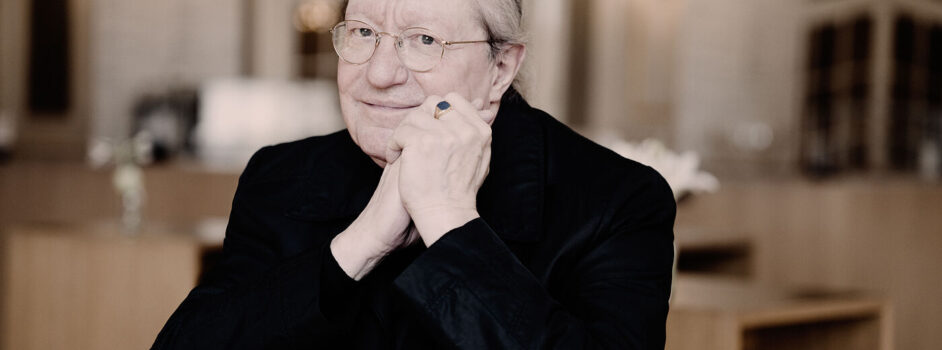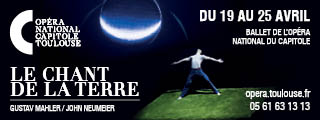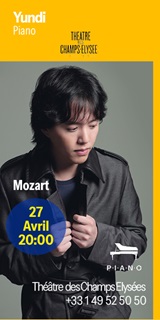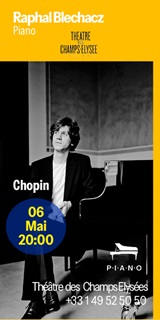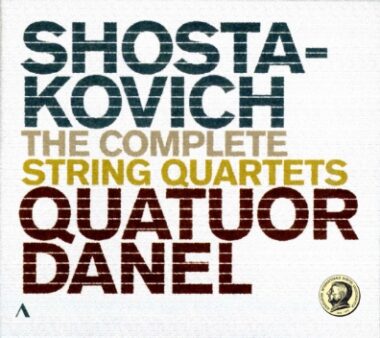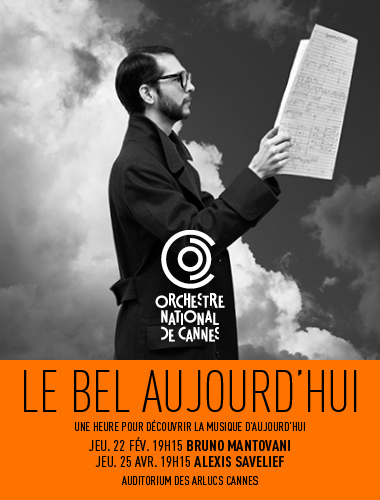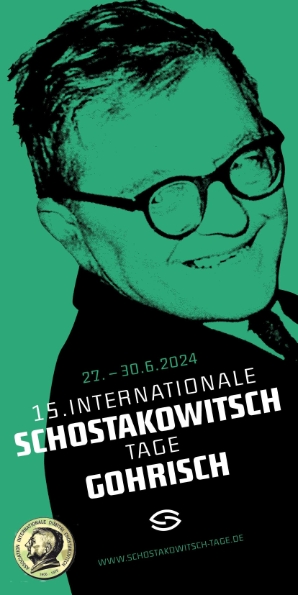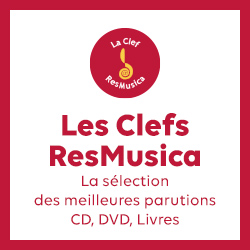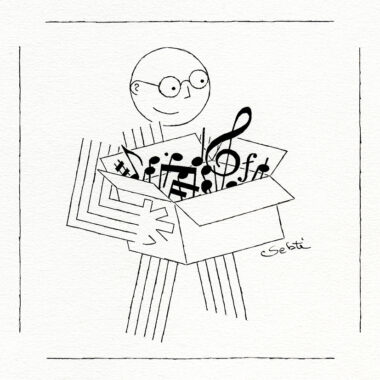Plus de détails
Helsinki. Helsinki Music Center. 14-IV-2015. Felix Mendelssohn (1809-1847): Symphony No. 4, op. 90; Jean Sibelius (1865-1957): Symphony No. 2, op. 43. Helsinki Philharmonic Orchestra, John Storgårds: conductor.
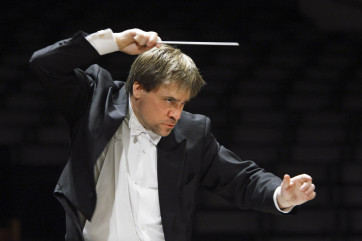 A sense of refinement permeated Storgårds interpretation of the opening movement.
A sense of refinement permeated Storgårds interpretation of the opening movement.
Italy has long been a source of inspiration for diverse composers both from the past and present. In this evening's program, conductor John Storgårds continued his season-long survey of the Sibelius symphonies, coupled with Mendelssohn's symphonic reflections on Italy.
Mendelssohn's music is considered by many to be largely free of angst and conflict; his Symphony No. 4 (also known as his Italian symphony) provides further evidence for this observation.
Storgårds seemed to guide the effervescent opening movement more in the direction of the classical era; textures were extraordinarily clear and articulations sharp. Special mention goes to the Helsinki Philharmonic violins for their precise rendering of Mendelssohn's endlessly running counterpoint. Storgårds also gave just the right amount of lilt to the walking bass line in the second movement, while the third movement was relaxed and sunny. The final movement benefited from excellent string ensemble, particularly in the rapid-fire, repeated-note gestures.
One of Storgård's final projects with the Helsinki Philharmonic is to conduct all of Sibelius' symphonies in chronological order. This evening's concert was the next installment of this project, and based on his previous performance of the Symphony No. 1 with these forces, there was much to look forward to.
The first thing which stood out in this performance was an immediate sense of unity and purpose in terms of sound and balance. The opening string gesture felt like a single body of sound; the woodwind response was distinct yet complementary. A sense of refinement permeated Storgårds interpretation of the opening movement; even Sibelius' occasionally angular woodwind writing came across as warm and polished.
Storgård's tempo in the second movement was sufficiently broad such that the doleful bassoon solo could breathe and sing. Careful attention by the strings ensured that the rapid passagework in the third movement was precise without being excessively edgy. In the final movement, Storgårds highlighted the interplay between timpani and lower strings/tuba. The buildup to the recapitulation was particularly satisfying.
The primary drawback to this otherwise excellent performance was the curiously underwhelming brass. The brass chorales in the outer movements should be radiant and glowing; in the second movement they should be imposing and weighty. Considering how Sibelius moved away from sweeping romantic gestures in his subsequent symphonies, one wondered why these elements were downplayed before the composer himself dispensed with them.
Photo credit John Storgårds: Heikki Tuuli
Plus de détails
Helsinki. Helsinki Music Center. 14-IV-2015. Felix Mendelssohn (1809-1847): Symphony No. 4, op. 90; Jean Sibelius (1865-1957): Symphony No. 2, op. 43. Helsinki Philharmonic Orchestra, John Storgårds: conductor.
